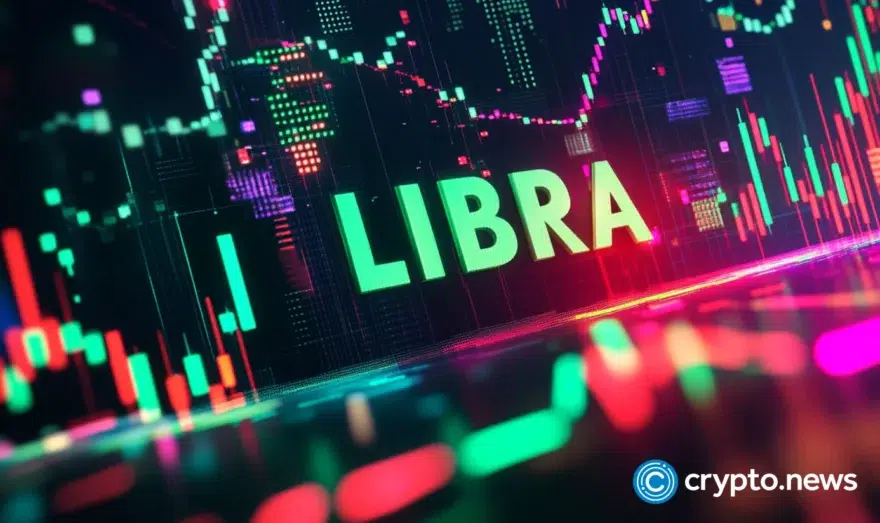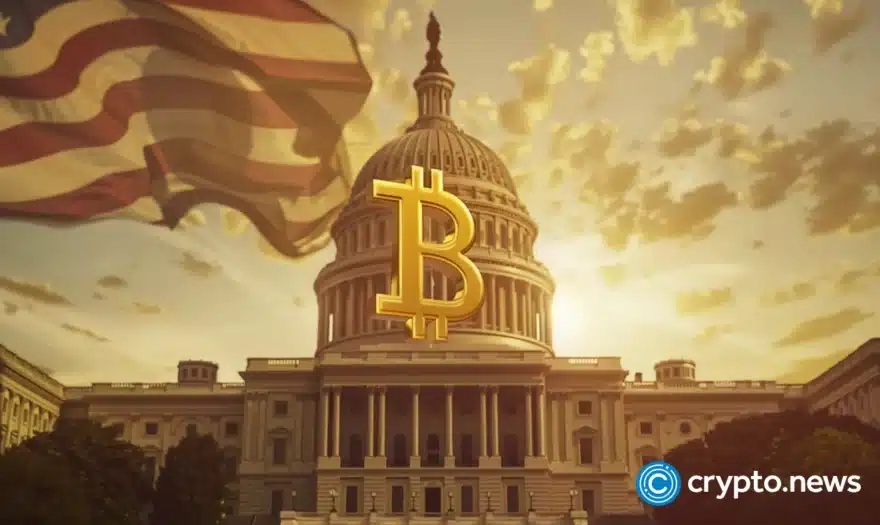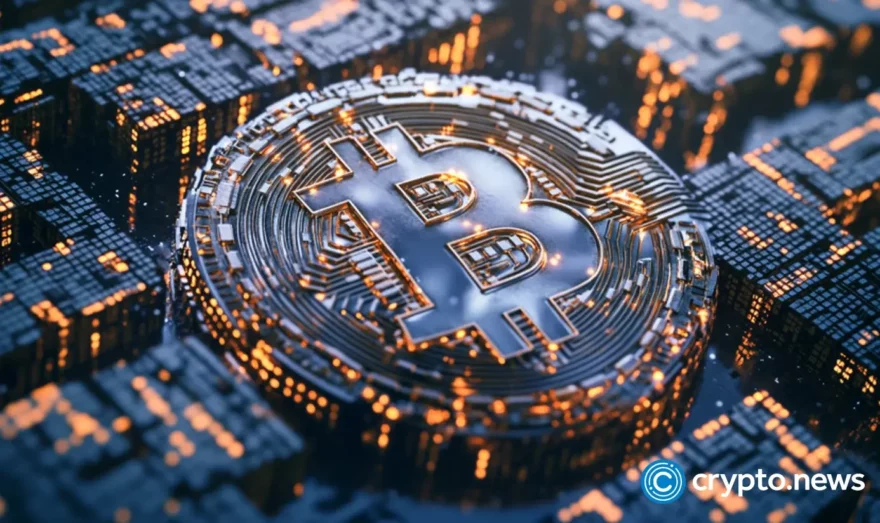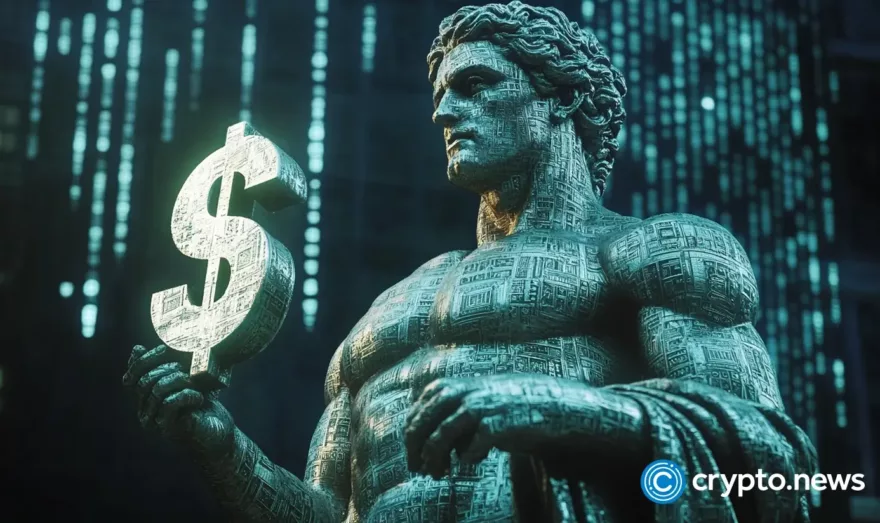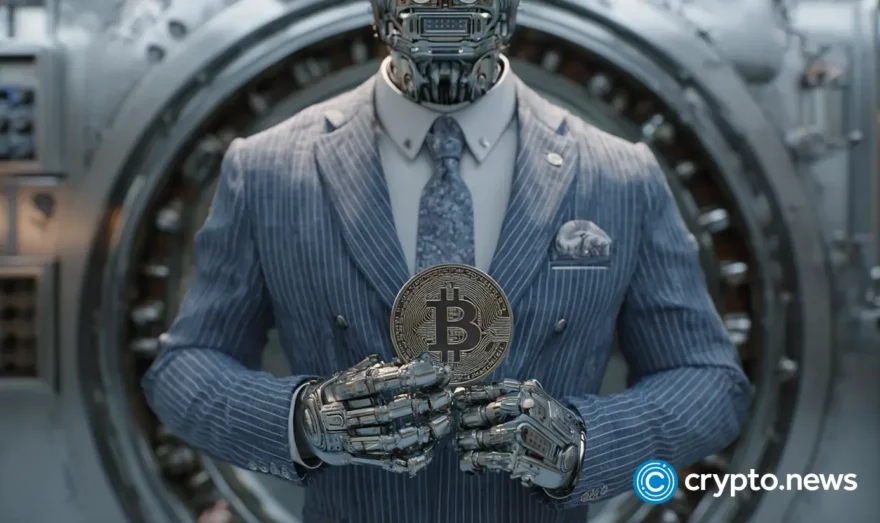Federal Reserve Looks Into Implementation of the Blockchain
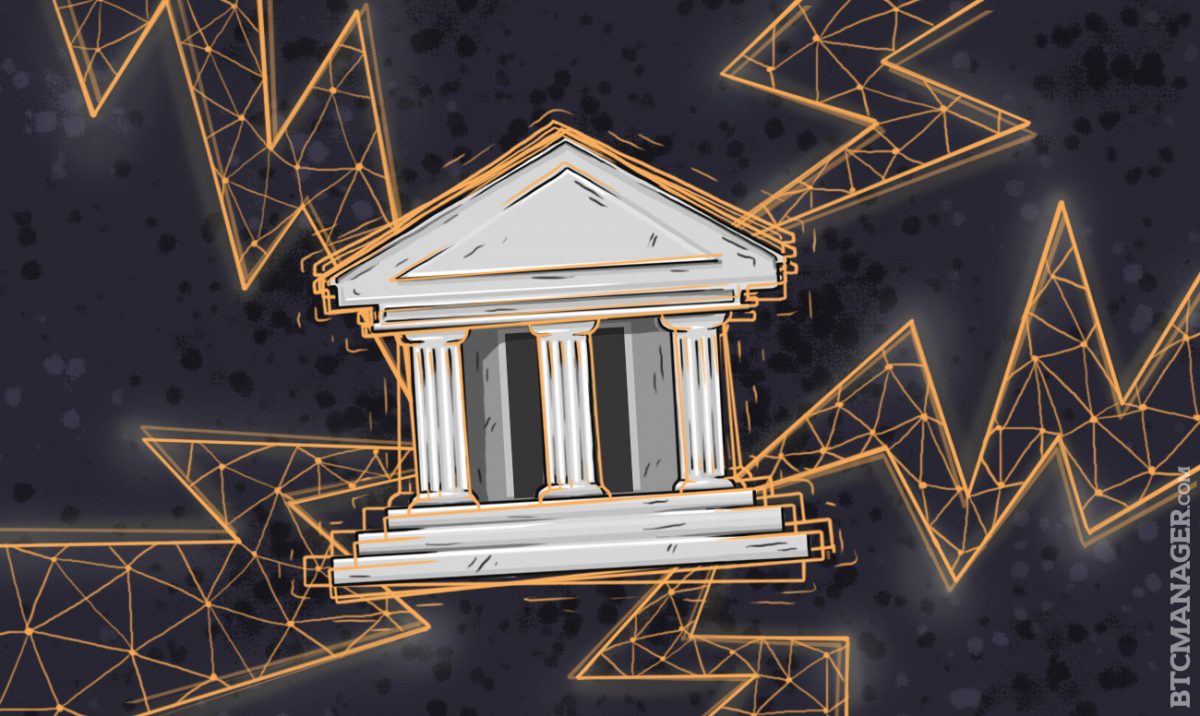
On December 7, the Federal Reserve of the United States released an official research paper on blockchain entitled “Distributed ledger technology in payments, clearing, and settlement.” The study mainly entailed the practicality of the blockchain and the technology’s potential in the traditional financial industry.
Over the past two years, banks, financial institutions, technology corporations and investment firms have spent billions of dollars in the development of blockchain technology. Some institutions demonstrated success in utilizing the blockchain to facilitate transactions, settlement of assets and clearance in a secure yet transparent ecosystem.
However, a major problem which most, if not all, of the banks or financial institutions involved in the development of blockchain technology, have struggled to deal with is the technology’s conflict against financial regulations, money transmission policies, and KYC/AML frameworks.
Conceptually, it is not possible for banks to integrate decentralized blockchain systems or networks into existing financial or data-based systems due to current regulations on the banking and financial industries. It is also not practical to implement private blockchain networks as serious security issues may arise. Because of regulatory frameworks, banks have stalled the implementation process of their blockchain projects.
In the later parts of its report, the Federal Reserve research team address this issue between banks and regulators in the implementation of the blockchain. In one section named “Challenges to adoption and implementation: risk management,” the Fed states that the complex structure of legal frameworks designed to oversee PCS (payment, clearing and settlement) processes limit the ability of banks and financial institutions to implement blockchain technology.
“The legal framework (for example, statutes, regulations, policy, and supervision) governing financial markets and the conduct of PCS activities is well-established. Much of the existing legal environment, however, is organized and implemented in a manner consistent with the current financial market architecture, which has a complex network of participants that perform a variety of functions and are regulated, supervised, and overseen by a diverse group of regulators,” read the study.
Indirectly, the Fed suggests banks and financial institutions should consider altering the configurations of blockchain technology as the industry matures and lawmakers become friendlier with financial technologies and innovative systems. The Fed also stated that businesses and regulators must acknowledge the importance of the blockchain in managing many forms of data in a transparent manner.
Thus, businesses and banks must work side by side with regulators and help lawmakers understand the benefits of blockchain in order to alter current regulations in place for PCS processes. If blockchain enthusiasts and project leaders fail to do so, it may lead to an impractical environment and ecosystem for developers and smaller fintech startups.
“As DLT matures, the legal basis for certain components of the technology, which may not be contemplated in the current legal framework for PCS activities, will merit careful consideration. One of the purported benefits of DLT is that it provides an auditable record of information that is simultaneously updated and distributed among participants. Businesses using and trusting the records that are stored on shared ledgers must consider the legal basis for these records,” the Fed continued.
In all, the Federal Reserve firmly believes that the blockchain has the potential to revolutionize the financial industry with enhanced forms of data keeping, more secure methods of conducting PCS process and most importantly, a transparent ledger to enable each user, businesses and third-party service providers within the network to share data, send payments and settle assets at ease.


